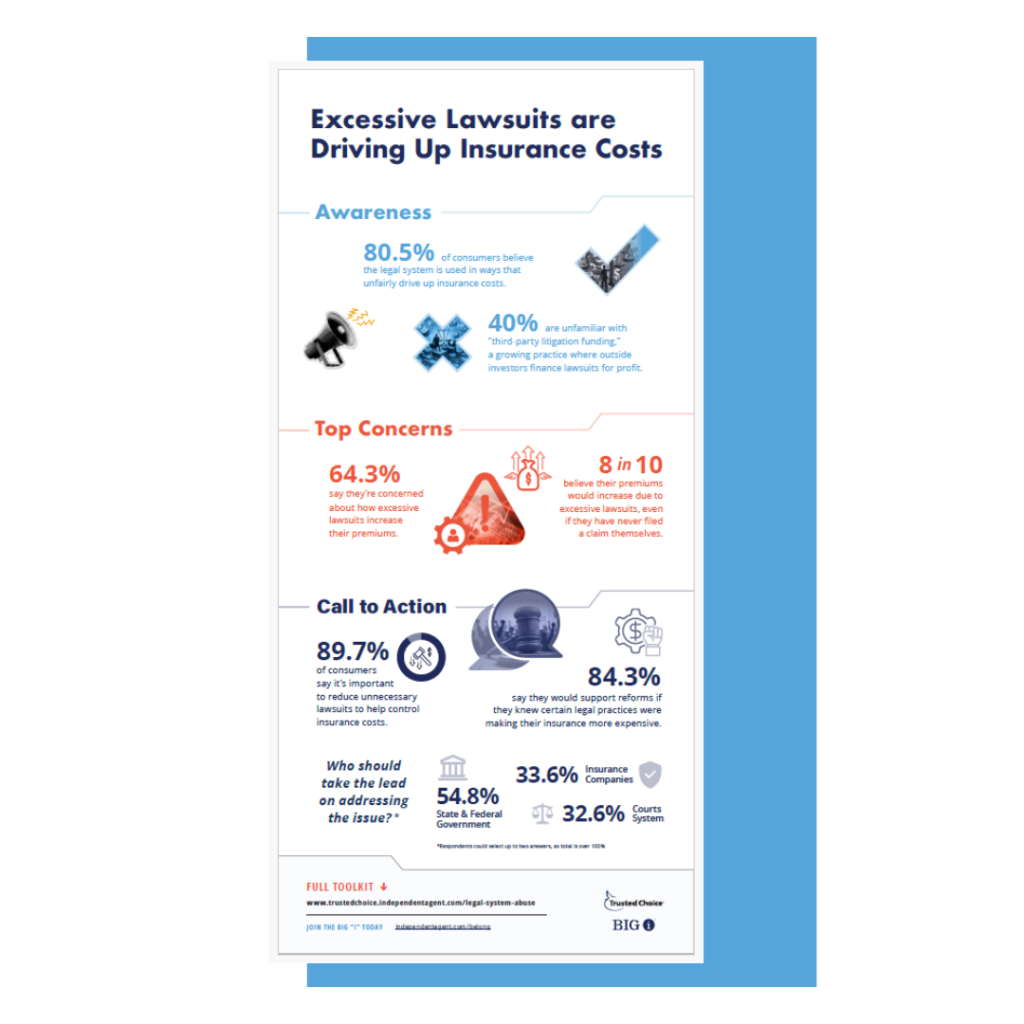Author: Alan Walker
Introduction
The Digital Transformation of the Insurance industry is underway. Technologies such as the Internet of Things, Big Data Analytics, Robotics and Artificial Intelligence are already making an impact. But where will this end? What will the Insurer of the Future look like?
What will be the impact of driverless cars? Of manufacturers providing customers with ‘vehicles as a service’?
How will Big Data and Artificial Intelligence (AI) engines impact Underwriting and Pricing? How about Customer Relationship Management (CRM) and Marketing?
What will become possible in Claims? And in Products and Product Development?
The insurance industry is, of course, broader than just the insurers themselves. What will be the impact on insurance intermediaries?
And, finally, what does all of this mean for insurance industry employees?
Answers below!
Auto / Motor Insurance
The Insurer of the Future will do very little business in the auto/motor market. Insurers that remain focused on this segment (whether personal or commercial lines) will either shrink dramatically or fail.
Once fully driverless cars become the norm, then:
- Accident rates will be diminished dramatically; and
- There will no longer be drivers to insure.
But it’s actually even worse than that:
- Thefts will be minimized too, as vehicles can be disabled remotely;
- Fire and malicious damage cover will no longer be needed, as personal and business vehicle ownership is increasingly replaced by manufacturers supplying ‘vehicles as a service’;
- With the majority of vehicles still being owned by manufacturers, those manufacturers will increasingly self-insure – at best taking some reinsurance cover from the industry for catastrophic software failures.
All of the above won’t happened overnight – but the trends are already there.
Underwriting and Pricing
If I was a young Actuary or Underwriter I’d be worried – because the Insurer of the Future won’t have much need for my skills.
What do these professionals do for a living? They rely on their personal experience plus various data sources to understand and price a risk more accurately. Sometimes they carry out complex statistical calculations in support.
But the Insurer of the Future will have its experience data captured on its internal systems. It will also tap into vast amounts of additional data available from external sources – some structured, some unstructured. And it will channel all of this data, far more than a human Actuary or Underwriter could ever handle, to its Artificial Intelligence (AI) engines.
These AI engines will examine the data for patterns, apply multiple statistical models, and add their own experience from previous analyses to come up with a much more accurate price, massively quicker than a human ever could.
And in the Insurer of the Future the AI engines will be wired directly into the sales and underwriting processes, which will operate ‘straight through’ with no involvement from humans.
Behind the scenes, the Actuary’s workload will be reduced through much greater use of automation and AI in capital modeling, prudential regulation compliance, reserving, and financial accounting.
There will be room for some human oversight roles, to ensure that the AI engines don’t ‘go rogue’ and generate crazy results – but the vast majority of Actuaries and Underwriters will no longer be required.
Claims Handling
William Gibson, the author, once said, “The future is already here; it’s just not very evenly distributed.” So what is ‘already here’ in relation to Claims handling?
Two data points:
- Lemonade, the new US insurer, says it uses AI to complete the entire claims process in under 3 seconds
- Fukoku Life, in Japan, expects 30% efficiency gains from replacing employees with an artificial intelligence system that can calculate payouts to policyholders.
The Insurer of the Future will handle almost all of its Claims automatically, without human intervention. It will:
- Detect Claims, using sensors on the Internet of Things (IoT) and data feeds from, for example, death registries
- Analyze those Claims, drawing on multiple internal and external data sources, and applying Artificial Intelligence (AI) to establish what needs to be done
- Assess appropriate reserve values, and input them to the insurer’s financial systems
- Trigger external supply chains, such as clean-up and restoration services, bodyshops, and online retailers, to return the policyholder to their pre-loss state
- Instruct loss adjusters where necessary, ingest their subsequent reports, and act on their findings
- Make payments directly into policyholders’ bank accounts where appropriate
- Trigger, and follow up, recoveries and reinsurance claims as needed
In the early days, this will happen for simpler Claims only. But in due course, as the abilities of Cognitive / AI systems surpass those of humans, Claims personnel will be required by the Insurer of the Future for only the most complex of Claims. And even for these, workloads will be reduced through the use of new capabilities such as multi-party collaborative environments to speed access to data and decision-making.Blockchain
If the Insurer of the Future is a new entrant, blockchain will be at the core of both its business model and its operating model. It will use blockchain to:
- Underpin a series of smart-contract enabled parametric insurance products (if event X happens, and ‘oracle’ Y confirms that, then pre-agreed sum of money Z is paid out automatically); and
- Maintain secure policy records significantly more cheaply than its legacy competitors.
If the Insurer of the Future was a traditional player, it’s more likely to be using blockchain as a ‘bolt on’, supporting new products that wouldn’t otherwise be cost effective.
It might, for example, use blockchain ledgers to support micro-insurance policies. An example product could be insuring jewelry just for the time its owner plans to wear it this evening. Or providing top-up insurance to participants in the gig economy, lasting just for the length of each gig.
But whether the Insurer of the Future is a new entrant or an existing insurer, blockchain will be just one of a number of new tools at its disposal.
This is one area in which new technology will be incremental to the industry rather than truly disruptive.
Indeed, it may well be that the biggest impact will be at the pan-industry level, taking advantage of a blockchain ledger’s ability to serve as a system of record for multiple participants. We can already see experimentation along those lines – two examples being the Marine market pilot in the UK and the formation of the RiskBlock consortium in the USA.
CRM and Marketing
CRM was always a challenge in the past because, unlike banks and retailers, Insurers had only small numbers of interactions with their end customers. That made it hard to gather data on their customers’ needs and wants, and limited their ability to build relationships.
But the Insurer of the Future has access to enormous quantities of data about its customers, available from a wide range of external sources. So it ports this data into its own systems, fueling more powerful and accurate analytics. It uses the insights gleaned to reach out proactively to customers; not just to sell them products, but to provide genuine value adds.
Providing value adds to customers, free of charge, enhances its customer relationships. So when the Insurer of the Future makes an occasional offer to a customer, it’s the right offer, at the right time, through the channel and device of the customer’s choice. As a result of the Insurer of the Future‘s expertise, the customer is significantly more likely to buy.
Compared to its predecessors, the Insurer of the Future has a loyal customer base – driving lower lapse/churn rates, a greater share of wallet, and higher Net Promoter Scores.
Products
The Insurer of the Future‘s customer won’t have to buy individual products. Instead, she’ll buy a total risk management solution which flexes to her needs month by month, day by day, and hour by hour. And she’ll be billed according to her actual usage, so she’ll never be under, or over, insured.
When the Insurer of the Future‘s customer leaves her house, the accidental damage element of her home cover will decrease – because she’s no longer there to damage anything. But her flood and fire cover will go up, as she’s less likely to spot such events early.
If she buys a new TV, her Insurer will know that, and add it to her policy. They will also ask what’s happening to the old one, and remove it from the policy if no longer relevant.
If the customer goes hiking in the wilderness, the Insurer of the Future will pick that up and increase her life cover. If her hiking is abroad, travel covers will kick in automatically. And once the customer is back home safely, her cover, and her premium, goes down again.
Once the Insurer of the Future has earned its customer’s trust, she might choose to open up her current and future Search history and Social Media accounts to its systems. That way the Insurer of the Future can monitor what she’s thinking about doing (bungee jumping, getting married, having a baby?) and step in with timely advice and support.
Some of the Insurer of the Future‘s older employees remember when ‘customer lifetime events’ were the elusive holy grail. Not any more. Now the Insurer knows about all of these events, often before they even happen.
Product Development
At the Insurer of the Future, we said that Products will be very different from nowadays. But how will they be developed? Certainly not the same way as now.
To begin with, all products will be created as a series of modules. Modular design enables myriad new products to be developed quickly and easily. Even with just three modules, A, B, and C, the Insurer of the Future can generate seven different products (A, B, C, A+B, A+C, B+C, A+B+C) and the options grow exponentially as more modules are added.
How does the Insurer of the Future know when a new module is required? Because its real time analytics tell it what customers want, or might want, and an artificial intelligence system can figure out whether that can be met from the existing modules, or whether another one is required.
If a new module is needed, those same artificially intelligent systems can carry out the coding required to build the new module, configure the new combination, and publish the new product as an option available to be bought. It will then monitor take-up of the new product, and iterate it as needed until sales are optimized.
Of course, in this world, products are no longer siloed. Elements of what used to be called P&C, life, health, investment, and decumulation products, together with covers yet to be dreamt up, are all now modules that can be combined to meet the precise needs of any individual, employee, or business customer of the Insurer of the Future.
Employee Benefits
Given that the ‘customer of the future’ wants solutions rather than products, the employee benefits provider of the future will offer a wider range of products, all designed to work together.
And, knowing that careers are becoming increasingly more fragmented (shorter tenure, parallel income streams, the gig economy) the employee benefits provider will also reduce its dependence on employers.
The employee benefits provider of the future will offer a broad ‘platform’ offering multiple products (not least life, retirement, health, auto, and home) open to employees of multiple companies. That doesn’t mean every employer’s scheme will be the same, as there will still be specifics tuned to the desires of individual companies. But all of the core covers will be the same, allowing the benefits provider to leverage massive buying power, securing excellent deals for employers and employees alike.
Because the core benefits are the same across companies, they’re also portable – very helpful in a world where employees hop regularly from job to job. When an employee leaves company A, they can port their entire benefits package to company B. If there’s any premium shortfall, they can pay that personally. And the employee benefits provider retains the end customer for longer.
But the new proposition goes even further – because the model recognizes the gig economy and is therefore open to one-person businesses such as Uber drivers, as well as employees of larger companies. This, of course, broadens the customer base served by the provider yet further.
In time, workers’ loyalty will perhaps become more focused on their employee benefits provider than on their individual employers – re-positioning this segment of the industry and opening up further opportunities for innovation.
Smart Automation
So far, I’ve talked about the specifics of Claims, Underwriting and Pricing, and Product Development – but I haven’t really talked about the back office administration functions.
If you’ve been with me so far, you won’t be surprised to hear that I think AI, robotics, and other automated systems will transform those functions as well, and empty them of people.
The Insurer of the Future will reorganize its back office using automation – but it will do so “smartly.” By smartly, I mean that it will figure out how and where to automate to gain the greatest commercial benefit.
Some processes will need to be transformed by using stronger, more automated, core systems.
Some processes, or sub-processes, will gain most from the use of AI/Cognitive capabilities: chatbots, vocalbots, machine learning, recommendation engines, etc. And any gaps might best be filled using Robotic Process Automation (RPA) or even non-technology tools such as Lean.
There will be instances where it makes sense to use more than one of these techniques – perhaps capturing short-term efficiency gains through interim RPA of a sub-process, while a more comprehensive longer-term solution is being developed.
The source of success for the Insurer of the Future, however, will be figuring out (smartly) exactly what to apply where, and in what order, to create the highest return on investment.
Agents and Brokers
A few years ago, I moved from the UK to the US. I tried to arrange insurance directly with the brand names I knew best – but it quickly got difficult. I didn’t have a US credit history, I didn’t have a US insurance history, and I’d only just got a US job.
So I realized I needed a broker.
That broker was Michelle, and she worked wonders for me. She got me the covers I needed, at a good price, at the right insurer for my circumstances. She was thoughtful, courteous, and speedy, and I’ve been delighted by her service. As far as I’m concerned, Michelle earned every cent of her commission.
But I never met Michelle. I never even spoke to her. Everything we did, we did by email.
Which got me thinking – how do I know Michelle isn’t an Artificial Intelligence (AI) system?
For the Insurer of the Future, I think she will be. In the future, there’s nothing Michelle did for me that couldn’t be done by a properly trained, and properly connected, machine. In the Insurer of the Future‘s world, human brokers won’t be needed any more.
I can guess what many of you are thinking: “Hah! Let’s see how much he likes a remote machine when his basement floods.” And you’re probably right. In those circumstances, I might indeed want someone to come and (metaphorically) hold my hand.
But if my basement floods, and a real person does turn up, and she tells me her name’s Michelle – won’t that give me what I need?
I think so. If I need a real person, then I’ll be happy that a real person turns up. They don’t even need to be an agent or broker – the Insurer of the Future‘s on-site claims handler will be fine, thank you very much.
Some tell me I might be right for personal lines, but that commercial lines is more complicated. Well yes – a lot more data will typically need to be located, analyzed, and acted upon. But locating, analyzing and acting on data is exactly what machines can usually do better than humans. Which means it’s even more likely that commercial lines brokers will disappear.
Human Capital
As we’ve seen in previous parts, the Insurer of the Future will have far fewer employees in Pricing and Underwriting, and Claims, in Product Development, and throughout the Back Office.
Overall, therefore, the Insurer of the Future will have far fewer employees per million of premium than its predecessors. Many tasks previously performed by humans will now be delivered by software.
But that means that the remaining humans, fulfilling key strategic and risk management roles, are far more important than they were.
They will have to be the very best professionals available. Their recruitment, training, development, and motivation will have to be top notch.
They’ll need the very best of support to help them be successful.
They’ll have self help tools at their fingertips, together with expert systems support, world class knowledge management capabilities, and collaboration tools, all designed to ensure they can deliver to their full potential.
They’ll be part of a culture that is dynamic and exciting, in an environment of constant change – and they will relish every minute of it.
Chances are that, on average, they’ll also be significantly better paid.
Last Updated: October 25, 2019









